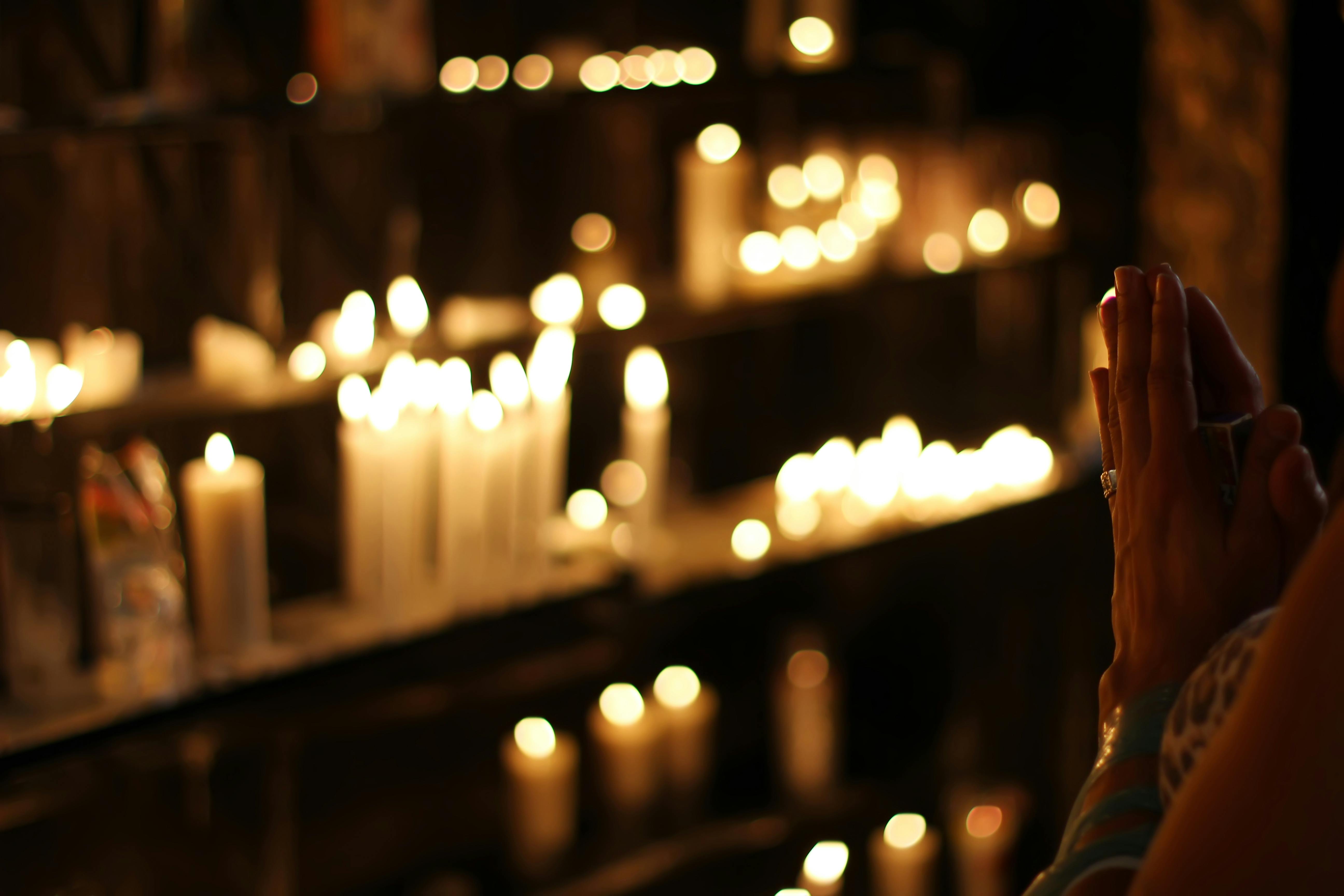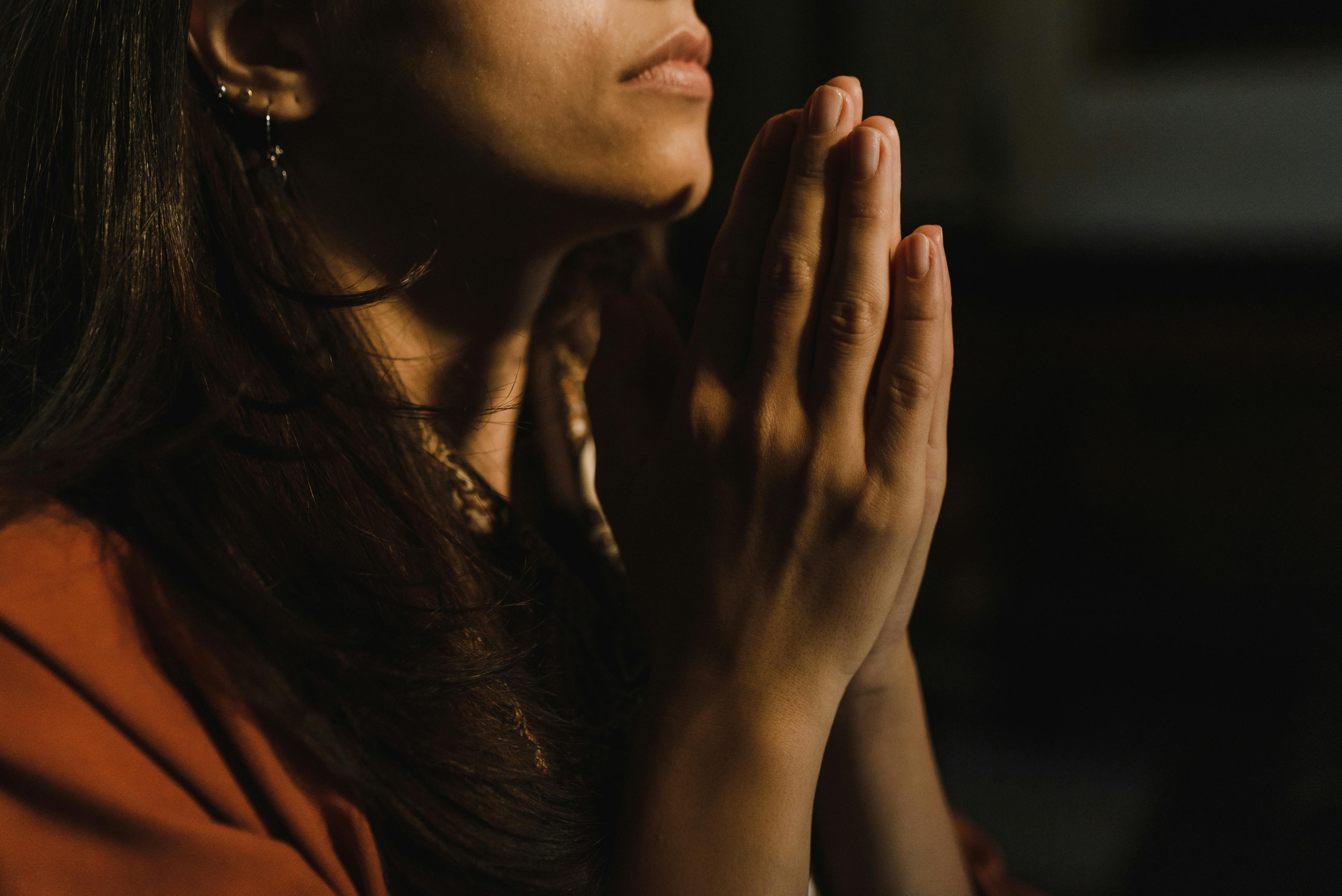Enslaved Person To Foreign Missionary: The Story Of Betsey Stockton

When a revival broke out at the College of New Jersey (now known as Princeton University), the Lord set in motion a plan only he knew about: Betsey Stockton would become a pioneer in the modern missionary movement.
Stockton was a domestic slave for the wife of Ashbel Green, the president of the College of New Jersey. Stockton was granted permission to take classes at the college. During one semester, she professed faith in Jesus and was baptized at Princeton’s First Presbyterian Church. From domestic slave to college educator, and from teacher to missionary, Stockton lived an extraordinary life of service and care to others. And her story should be more well-known today.
Life and Influence
Stockton was born around 1798. Like many of the formerly enslaved people profiled in my recent book, records or writings about her are hard to come by, though Stockton did leave behind a journal.
Stockton lived an extraordinary life of service and care to others.
At a young age, Stockton entered Green’s home, possibly as property inherited by his wife. Remarkably, she was able to study and read in his library. In 1815, a revival touched every part of the College of New Jersey, including Stockton. Although this was the beginning of Stockton’s faith journey, it wouldn’t be until 1816 that she would convert to Christianity through the ministry of seminary student Eliphat Wheeler Gilbert.
Prior to her conversion, likely during her teen years, Stockton was emancipated but stayed in the Green household as a paid domestic servant. She taught black children in the Princeton community and attended a class taught by a seminary student. Stockton knew early on in her faith that she wanted to be a missionary—to Africa. But the Lord had other plans.
While living with the Greens, Stockton began a friendship with Charles Samuel Stewart, a student of Green’s. Stewart would go on to graduate from Princeton Theological Seminary, but the friendship he had forged with Stockton was deep and enduring. He encouraged her to join him on a missionary journey to the Pacific in association with the American Board of Commissioners for Foreign Missions (ABCFM).
In The Journal of Presbyterian History, John Andrew reflects on the ABCFM’s motive:
Seeking to promote Christian principles, directors of the American Board of Commissioners for Foreign Missions sent a black to labor with whites among the Sandwich Island natives. They did so because she fulfilled the qualifications of a Christian Missionary not because she was black. But her appointment reflected visions of a Christian Society far beyond those held by most Americans. Instead of being too conservative for their times, they were, indeed, almost too radical.
Perhaps Stockton’s faith and the ABCFM’s actions were too radical for society in general, but they weren’t too radical for the mission. On November 19, 1822, Stockton was among 14 men and women to take off for the Sandwich Islands.
Mission
Stockon kept a journal of the missionaries’ often treacherous journey across the Pacific. Even through the tempestuous seas, she endured in faith and praised the Lord.
On November 23, 1822, she wrote,
Saturday morning at daybreak shipped a sea. The water rushed into the cabin. I saw it with very little fear; and felt inclined to say, The Lord reigneth, let us all rejoice. I was so weak that I was almost unable to help myself. At 10 o’clock I went on deck: the scene that presented itself was, to me, the most sublime I ever witnessed. How, thought I, can “those who go down to the sea in ships” deny the existence of God. The day was spent in self-examination. This, if ever, is the time to try my motives in leaving my native land. I found myself at times unwilling to perish so near my friends; but soon became composed, and resigned to whatever should be the will of my Heavenly Father. I believed that my motives were pure: and a calm and heavenly peace soon took possession of my breast. Oh that it were always with me as it is this day!
Throughout her journal, Stockton wrote fondly of Sabbath days of rest, Bible reading, and gathering for church with the other passengers. As she noted above of her “self-examination,” there were several times when she lamented the state of her sin and thanked the Lord for his grace. She had a sense of her need for God’s mercy even as she was on a journey to serve him. From all accounts, Stockton was a humble servant of the Lord.
On December 30, she wrote,
Sabbath. Had prayer meeting in the morning, and preaching in the afternoon at 4 o’clock. Mr. Stewart preached from 1 Cor. i. 23. I enjoyed the Sabbath very much, and thought I felt something of the love of God in my heart. But still I felt as if I was declining in the spiritual life. I attended a little to the study of the Bible, and find it pleasant. Yet I find a void within my breast that is painful. The scenes which constantly present themselves to my view are new and interesting; and I find they have a tendency to draw my mind from Him who is, or ought to be, my only joy. With the poor publican I will say, “God be merciful to me a sinner.” At six in the evening, we caught two sharks, and saw a number of dolphins. The flesh of the shark is very good when young.
When the missionary team arrived, they were shocked and possibly frightened at the sight of the natives. The men were naked, which surprised the team. But Stockton had compassion and saw their humanity: “Are these, thought I, the beings with whom I must spend the remainder of my life! They are men and have souls—was the reply which conscience made.”
Stockton had a sense of her need for God’s mercy even as she was on a journey to serve him. From all accounts, she was a humble servant of the Lord.
Stockton got to work serving in Maui in a town called Lahaina, where she taught children English. She eventually helped open the first school for the poor in the community. Most people who attended school were upper class. Stockton, an ex-slave, was providing an opportunity to the less fortunate just as people had helped make a way for her. As the missionaries educated the people, the door was opened for them to teach Christian doctrine.
Stockton’s life story was remarkable, but her work as a missionary wasn’t always ideal. ABCFM didn’t acknowledge her as a missionary, seemingly keeping her existence a secret. What seemed like a radical move by the organization, which it was, wasn’t done in a completely honorable way. Also, Stockton was often lonely and became homesick. She was overworked as she cared for Stewart’s family. It was good work, but it was hard. After Charles’s wife, Harriet, became sick, Stockton and the Stewart family began their long voyage home, and by 1826, they were in Cooperstown, New York.
Lifelong Servant
Stockton continued serving others throughout the rest of her life. She eventually moved back to Princeton, where she predominantly served black community members, started a school, and was committed to a local Presbyterian church.
The church was established in 1840 and called the First Presbyterian Church of Color of Princeton. The church has since changed its name to the Witherspoon Street Presbyterian Church, and it continues to honor Stockton’s legacy. As Gregory Nobles observed, “Betsey Stockton helped make the church a haven for both religious instruction and general education, leading a Sunday school where children learned both scripture and literacy.”
Stockton remained in Princeton until her death in October 1865. The more her story is told, the longer her legacy will live on here on earth. But that’s not the goal of a missionary, and I imagine it wasn’t Stockton’s goal. Her work had eternal significance, and her legacy is one that many are enjoying together with her in heaven.


